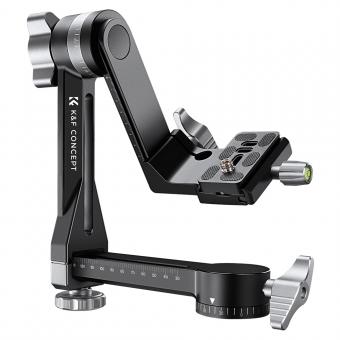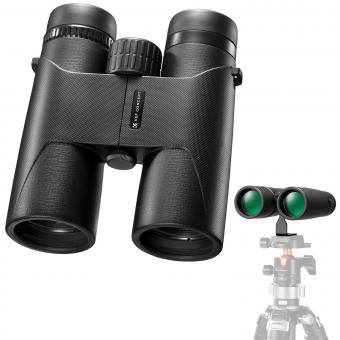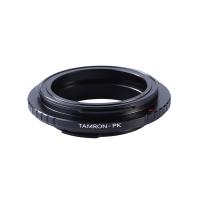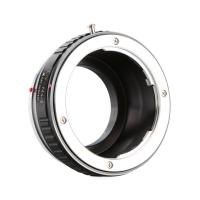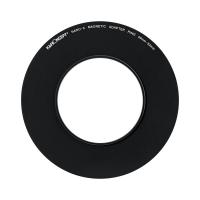Are Seminiferous Tubules Microscopic?
Yes, seminiferous tubules are microscopic structures found in the testes of male mammals. They are responsible for the production of sperm cells through a process called spermatogenesis. The seminiferous tubules are coiled structures that are lined with specialized cells called Sertoli cells, which provide support and nourishment to the developing sperm cells. The tubules are surrounded by Leydig cells, which produce testosterone, a hormone that is essential for the development of male reproductive organs and secondary sexual characteristics. The seminiferous tubules are highly organized structures that are essential for male fertility, and any disruption in their function can lead to infertility.
1、 Yes, seminiferous tubules are microscopic structures found in the testes of males.
Yes, seminiferous tubules are microscopic structures found in the testes of males. These tubules are responsible for the production of sperm cells, which are essential for reproduction. The seminiferous tubules are lined with specialized cells called Sertoli cells, which provide support and nourishment to the developing sperm cells.
Recent studies have shed light on the complex processes that occur within the seminiferous tubules. For example, researchers have discovered that the Sertoli cells play a crucial role in regulating the production of sperm cells. They do this by releasing hormones and other signaling molecules that control the activity of the cells within the tubules.
In addition, studies have shown that the seminiferous tubules are highly sensitive to environmental factors such as temperature and exposure to toxins. For example, exposure to high temperatures can disrupt the production of sperm cells, leading to infertility. Similarly, exposure to certain chemicals and pollutants can also have a negative impact on sperm production.
Overall, the seminiferous tubules are a critical component of the male reproductive system. While they are microscopic in size, they play a vital role in the production of sperm cells and the maintenance of male fertility. Ongoing research in this area is helping to deepen our understanding of the complex processes that occur within these tiny structures.
2、 - Definition of seminiferous tubules
Definition of seminiferous tubules: Seminiferous tubules are microscopic, coiled tubes found in the testes of males. They are responsible for the production of sperm cells through a process called spermatogenesis. The seminiferous tubules are lined with specialized cells called Sertoli cells, which provide support and nourishment to the developing sperm cells. The sperm cells are then released into the lumen of the tubules and transported out of the testes through a series of ducts.
Yes, seminiferous tubules are indeed microscopic, with a diameter of only 150-300 micrometers. They are tightly packed within the testes, with each testis containing hundreds of these tubules. The small size of the seminiferous tubules allows for a large surface area for sperm production, with millions of sperm cells being produced each day.
Recent research has focused on the role of the Sertoli cells in the seminiferous tubules. These cells not only provide support and nourishment to the developing sperm cells, but also play a crucial role in regulating the process of spermatogenesis. They produce hormones and growth factors that control the development and maturation of the sperm cells, as well as maintain the integrity of the blood-testis barrier that separates the developing sperm cells from the immune system.
In conclusion, seminiferous tubules are microscopic structures found in the testes of males that are responsible for the production of sperm cells. They are tightly packed within the testes and lined with specialized cells called Sertoli cells, which provide support and nourishment to the developing sperm cells. Recent research has highlighted the important role of Sertoli cells in regulating the process of spermatogenesis.
3、 - Location of seminiferous tubules in the testes
The seminiferous tubules are microscopic structures located within the testes of male mammals. These tubules are responsible for the production of sperm cells through a process called spermatogenesis. The seminiferous tubules are coiled structures that are lined with specialized cells called Sertoli cells, which provide support and nourishment to the developing sperm cells.
The location of the seminiferous tubules within the testes is crucial for their function. The testes are located outside the body cavity in the scrotum, which provides a cooler environment necessary for sperm production. The seminiferous tubules are arranged in a highly organized manner within the testes, with each tubule connected to a network of ducts that eventually lead to the epididymis, where mature sperm are stored until ejaculation.
Recent studies have shed new light on the structure and function of the seminiferous tubules. For example, researchers have discovered that the Sertoli cells within the tubules play a critical role in regulating the process of spermatogenesis. They also found that disruptions in the structure of the seminiferous tubules can lead to male infertility.
In conclusion, the seminiferous tubules are microscopic structures located within the testes of male mammals. Their location within the testes is crucial for their function, and recent research has provided new insights into their structure and function.
4、 - Structure and function of seminiferous tubules
Structure and function of seminiferous tubules
Seminiferous tubules are microscopic structures found in the testes of males. They are responsible for the production of sperm cells through a process called spermatogenesis. The tubules are coiled structures that are lined with specialized cells called Sertoli cells. These cells provide support and nourishment to the developing sperm cells.
The seminiferous tubules are surrounded by Leydig cells, which produce testosterone, the male sex hormone. Testosterone is essential for the development of male secondary sexual characteristics and is also important for the regulation of spermatogenesis.
The process of spermatogenesis begins with the division of spermatogonia, which are the precursor cells of sperm cells. These cells undergo several rounds of division and differentiation to form mature sperm cells. The mature sperm cells are then released into the lumen of the seminiferous tubules and are transported to the epididymis, where they mature further and are stored until ejaculation.
Recent research has shown that the seminiferous tubules are not just passive structures that support spermatogenesis. They also play an active role in the regulation of the immune system in the testes. The Sertoli cells in the seminiferous tubules produce a protein called activin, which helps to regulate the activity of immune cells in the testes. This is important because the testes are considered an immune-privileged site, meaning that they are protected from the immune system to prevent damage to the developing sperm cells.
In conclusion, seminiferous tubules are microscopic structures that play a crucial role in the production of sperm cells in males. They are also involved in the regulation of the immune system in the testes. The latest research has shed light on the active role that these structures play in maintaining male fertility and reproductive health.







